Too Much Capital Chasing Too Few Deals?
The dawn of a new year brings renewed optimism and new resolutions, along with the baggage of old fears.
By George Ratiu
 The dawn of a new year brings renewed optimism and new resolutions, along with the baggage of old fears. As we look ahead, it is hard to shake off last year’s geopolitical turmoil, global economic slowdown and market volatility. Nonetheless, for 2016, we have the promise of continued economic improvement highlighted by rising employment and wages, interest rate hikes and a lively presidential campaign. It remains to be seen which will offer new opportunities, and which will end up confirming our fears.
The dawn of a new year brings renewed optimism and new resolutions, along with the baggage of old fears. As we look ahead, it is hard to shake off last year’s geopolitical turmoil, global economic slowdown and market volatility. Nonetheless, for 2016, we have the promise of continued economic improvement highlighted by rising employment and wages, interest rate hikes and a lively presidential campaign. It remains to be seen which will offer new opportunities, and which will end up confirming our fears.
On a positive note, commercial real estate (CRE) prices reached record highs in 2015, surpassing prior peaks for the first time since the Great Recession. Most major indices tracking CRE transactions entered new territory, as investor appetite for properties met tight inventory. Based on data from Real Capital Analytics (RCA), with prices for commercial properties appreciating in value at double-digit rates since the second quarter of 2013, the Commercial Property Price Index reached 207.9 by the end of the third quarter.
The pricing gains spanned the property spectrum, but were powered mainly by strong advances in the office and apartment sectors. Specifically, prices for Class A office buildings in central business districts spiked during 2015, rising more than 20 percent year-over-year during the second and third quarters.
Yet, amidst the buzz and frothiness, investors, analysts and the media are welcoming the New Year by worrying about another price bubble. Most of the discussions cited 2007 and the rapid rise in both investment volume and prices, pointing out that the current price trajectory mirrors it. Moreover, with cap rates so low and the Federal Reserve’s long-awaited decision to raise interest rates, many argued that prices have no room to grow. Yet just as trying to drive while looking in the rearview mirror gives a misleading perspective, planning for 2016 while looking back at 2007 may cause us to miss the road ahead as we overreact to unforeseen changes.
Yes, prices are above their prior high-water marks, rising interest rates will add pressure on yields, and too much capital is chasing too few deals in top-tier cities. However, we are eight years into the recovery and a decade past 2005, when price appreciation looked as it did in 2015. Also, capital has been moving out of gateway metros into secondary and tertiary markets over the past year and a half.
In fact, when plotting the long-term price appreciation trend—calculated over the 2001-07 period, and assuming no recession in 2008—it becomes obvious that even with the current increase in prices, we are just making our way back toward a historical average. Even taking a conservative approach and projecting only the more moderate price growth from 2001-04, the view is similar.
In addition, fundamentals have improved significantly over the past eight years, with vacancy rates for apartment, industrial, and retail properties hovering in the single digits, driven by positive net absorption. Office properties have had a slower recovery, but the growth in professional and business services industries over the past couple of years has pushed occupancy rates higher. The supply pipeline for most property types continues to lag demand, indicating continued strength in leasing.
On the capital markets side, 2016 is a different year from 2007. Back then, CMBS comprised 40 percent of debt; today’s financing picture is considerably more balanced on both the debt and equity sides. National banks are competing with insurance companies, REITs, private investors, pension funds, government agencies and a growing share of international investors. Underwriting standards, while not as stringent as in 2010, remain conservative, as regulators are more prone to question banks’ real estate loans.
Moreover, while the six major markets tracked by RCA—New York, San Francisco, Washington, DC, Chicago, Boston, and Los Angeles—started to rebound from the Great Recession as early as 2010, a significant share of secondary and tertiary markets took much longer to recover. In places like Louisville, Ky., St. Louis, Jacksonville, Fla., Orlando, Cleveland, Nashville and Hartford, Conn., investment volume and prices began their ascent only in 2013.
This discrepancy becomes even clearer when comparing RCA’s price data—deals of $2.5 million and above, in large markets—with those from the National Association of REALTORS®, which track transactions mostly below $2.5 million, in smaller markets. RCA reckons that price appreciation in larger markets averaged 14.9 percent during 2013-15. In contrast, deals in the smaller markets studied by REALTORS® averaged gains of only 3.5 percent during the same period. With employment growth continuing to broaden, these smaller markets have plenty of runway left as they prepare for takeoff.
None of these arguments invalidate investors’ concerns about the trajectory of asset prices. A slowdown in growth is likely in the medium term. It is important, however, to understand that the landscape is more nuanced.
As we look forward to another year of economic déjà vu—moderate growth, accompanied by steady employment expansion and slowly rising wages—it is worth remembering that we are also spectators and participants in that dramatic, entertaining, all-American spectacle: a presidential election. While the economy may offer another Groundhog Year, the campaign trail will undoubtedly bring plenty of surprises. Even after the New Year’s revelry is over, the arrival of 2016 may be worthy of one more toast.
George Ratiu is director of quantitative and commercial research for the National Association of Realtors.

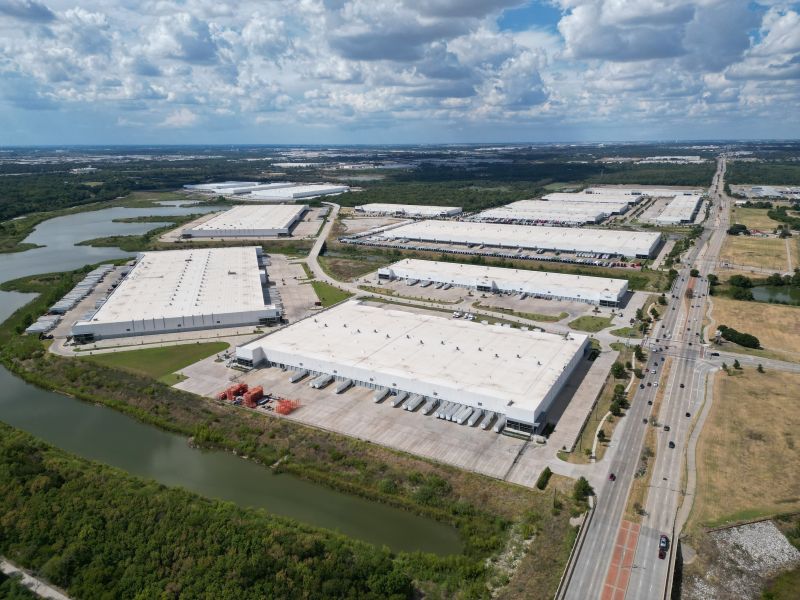
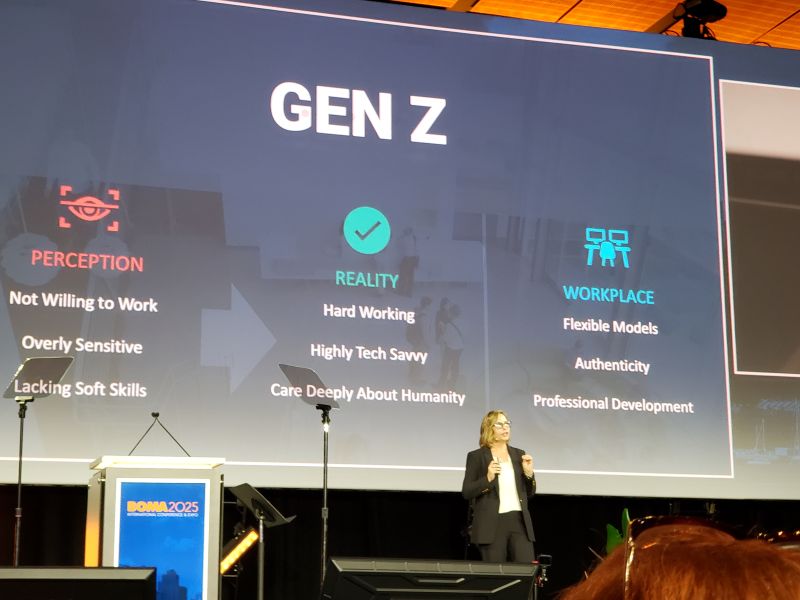
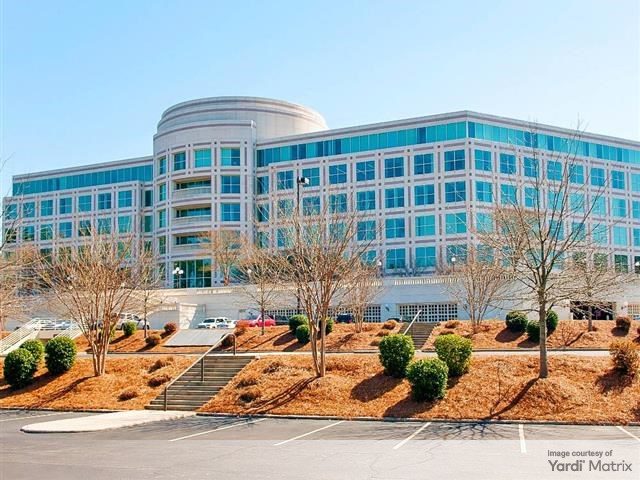
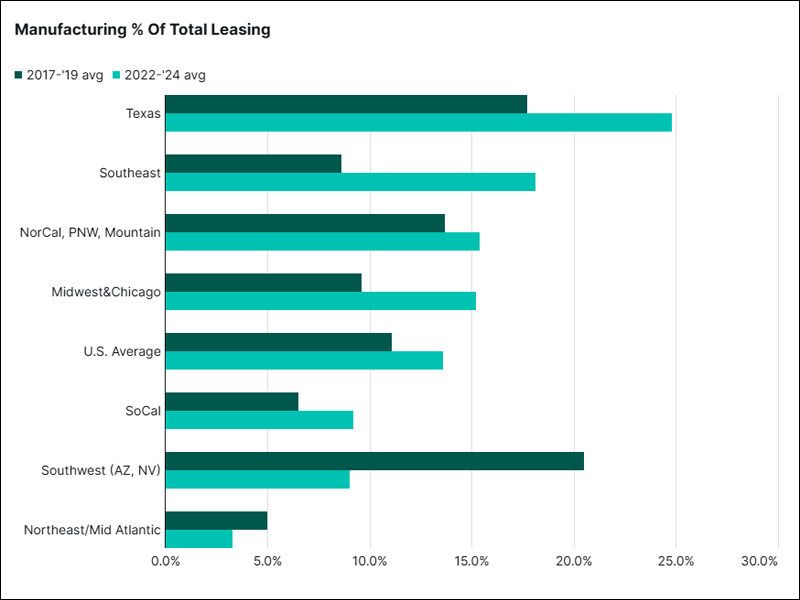
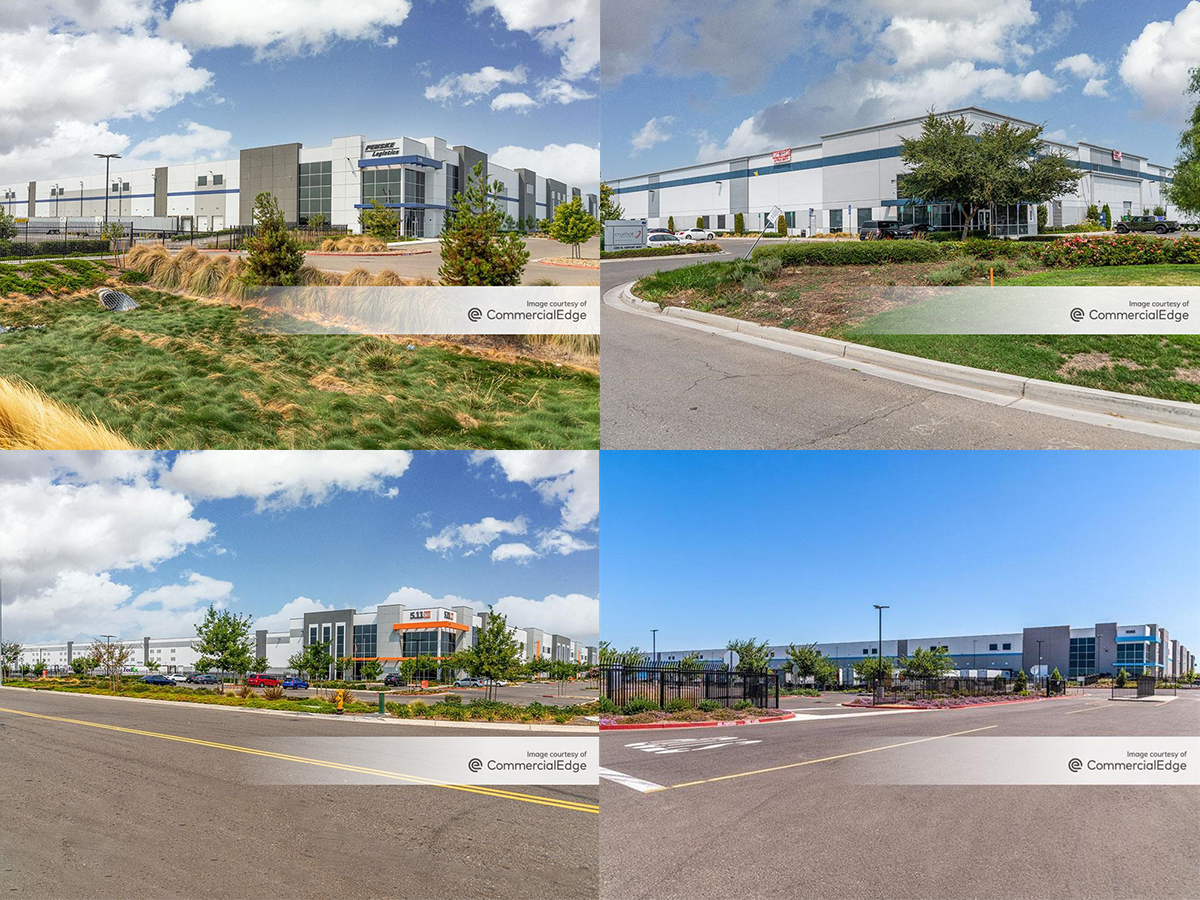
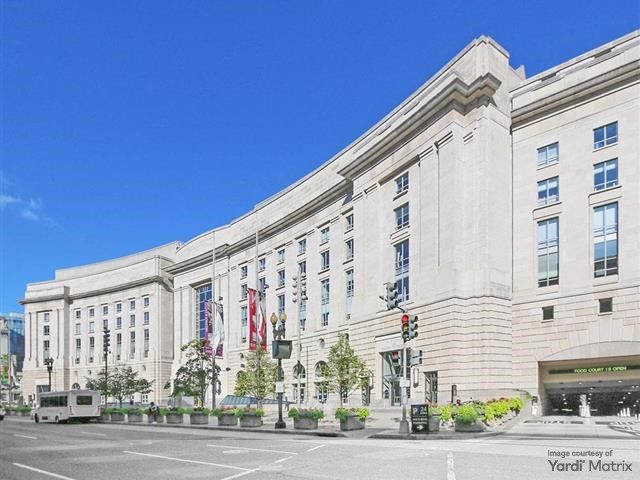
You must be logged in to post a comment.